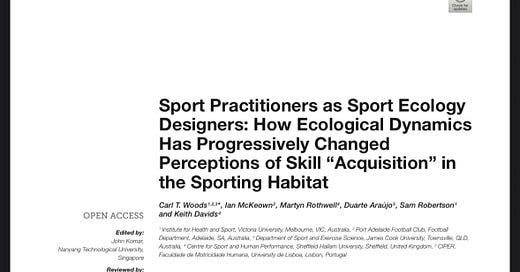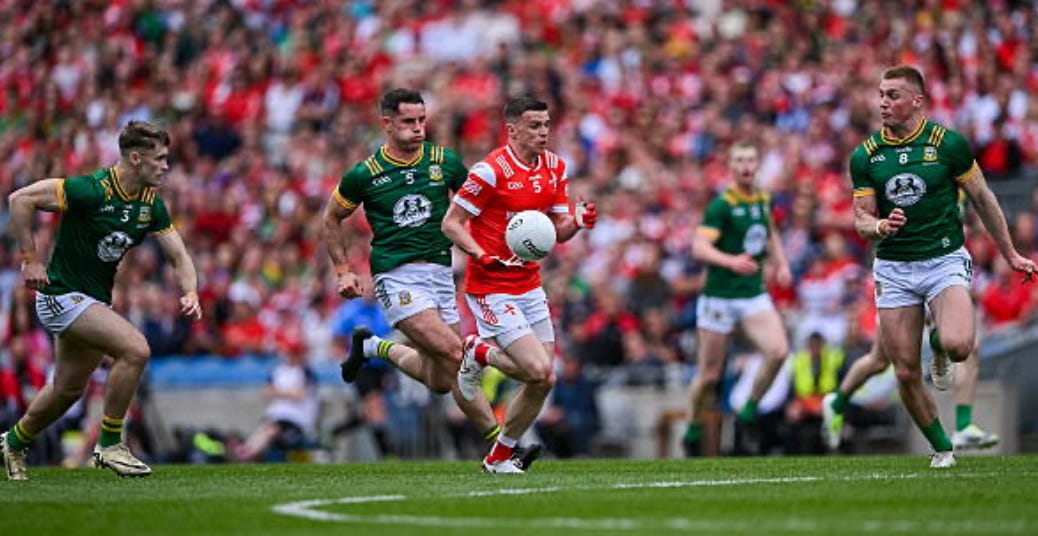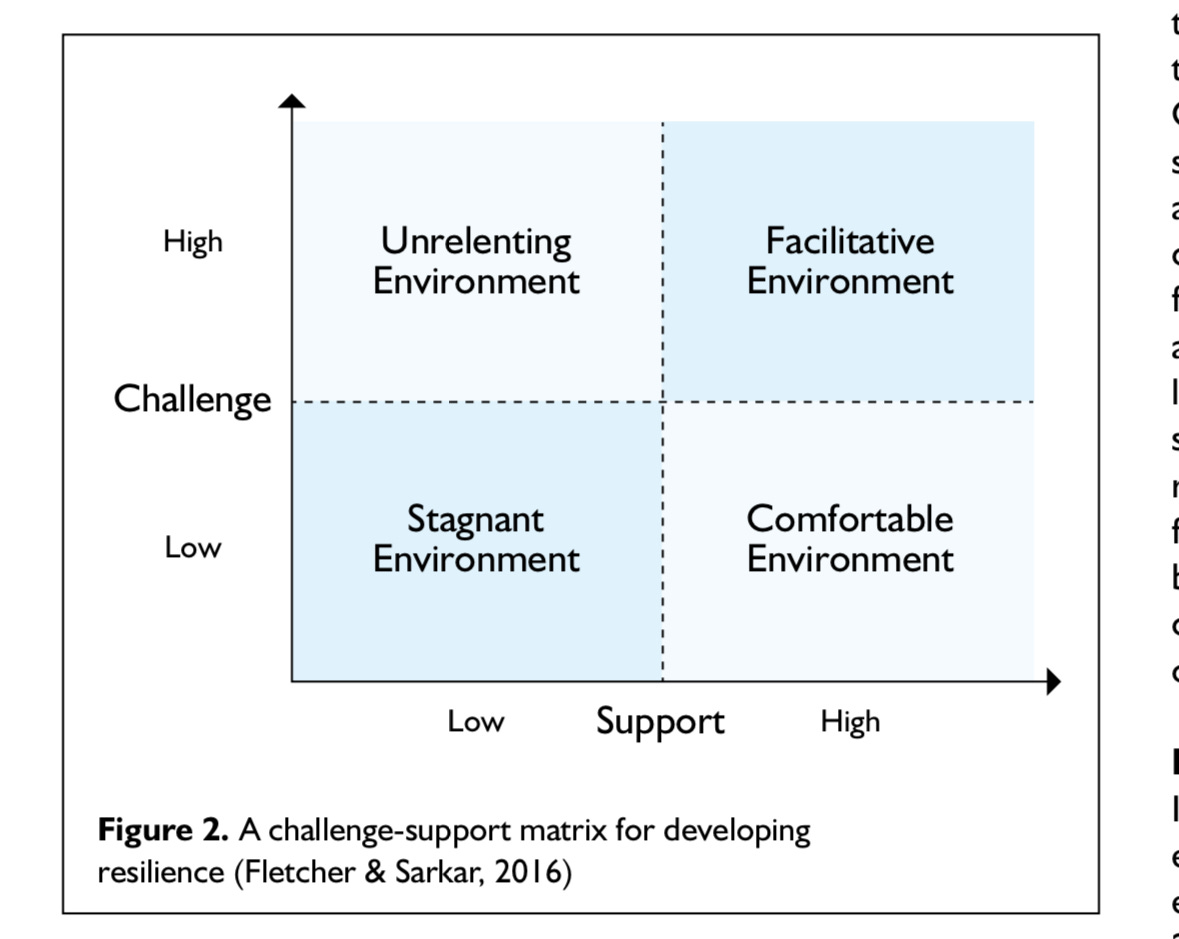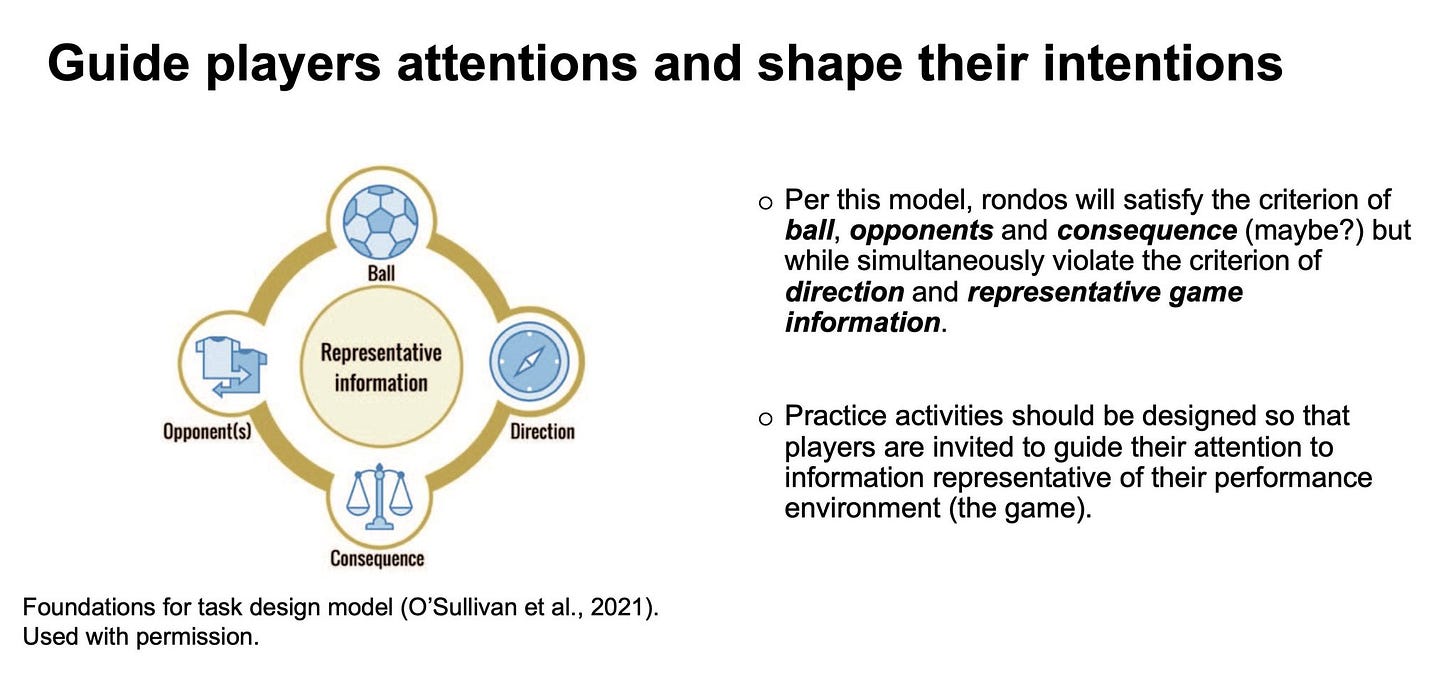This is an excellent paper I like to go back to every now and then, so I said I’d share it as a lead into why and how coaches can embrace a more ecological approach to sports coaching.
https://www.frontiersin.org/journals/psychology/articles/10.3389/fpsyg.2020.00654/full
The document discusses the evolution of skill acquisition in sports through the lens of ecological dynamics, emphasizing the interconnectedness of athletes, their environment, and the role of sports practitioners in fostering adaptable performance.
It delves into areas of study that changed the course of how we think about movement, motor behaviour and skill development.
In the paper the authors want to promote the following approaches to coaching sport and skill development;
The document explores how ecological dynamics has transformed perceptions of skill acquisition in sports, emphasizing the interconnected relationship between athletes, tasks, and environments. It advocates for coaches to shift from traditional, prescriptive methods to becoming "learning environment designers" who create ecosystems that foster adaptability and self-organization in athletes. Key concepts include the constraints-led approach, representative design, and the importance of variability in skill development.
For coaches, this document provides a theoretical framework and practical insights to:
Design Effective Practice Environments: Coaches can learn to manipulate task, environmental, and personal constraints to simulate competitive scenarios and enhance athlete adaptability.
Encourage Exploration and Creativity: By focusing on affordances and self-regulation, coaches can guide athletes to discover solutions to performance challenges rather than prescribing fixed techniques.
Collaborate in Multidisciplinary Teams: The concept of a Department of Methodology (DoM) highlights the importance of integrating sport science, performance analysis, and coaching to create cohesive training programs.
Adopt a Hands-Off Approach: Coaches are encouraged to facilitate learning through task design rather than constant verbal instruction, allowing athletes to develop deeper relationships with their performance environments.
This approach helps coaches evolve into facilitators of growth, enabling athletes to thrive in complex, dynamic sporting contexts.
Historical basis
The paper, and I’ll keep this bit short, dives into historical theories that influence emerging contemporary practices in sport science and skill acquisition include:
Ecological Psychology: James Gibson's (1979) theory of direct perception emphasized the reciprocal relationship between perception and action, introducing the concept of affordances (opportunities for action) in dynamic environments.
Dynamical Systems Theory: Scott Kelso's work on coordination dynamics (1981, 1984) demonstrated self-organizing tendencies in human movement systems and phase transitions in coordination influenced by environmental constraints.
Bernstein's Theory of Dexterity: Nikolai Bernstein (1967) conceptualized dexterity as the ability to adapt motor solutions to external situations, emphasizing adaptability and resourcefulness in dynamic environments.
Constraints-Led Approach: Newell's (1986) model highlighted the interaction of organismic, task, and environmental constraints in shaping coordination and skill development.
Brunswik's Representative Design: Egon Brunswik (1955) advocated for experimental designs that closely simulate real-world environments to better understand behavior.
Organismic Asymmetry: Critiques by Dunwoody (2007) and others highlighted biases in cognitive psychology that overemphasized internal mechanisms while neglecting the role of the environment in shaping behavior.
These theories collectively shifted the focus from mechanistic, reductionist views of skill acquisition to an ecological dynamics framework, emphasising adaptability, self-organisation, and the performer-environment relationship.
But moving on to practical support for coaches…
3 reasons Why Coaches Should Explore Ecological Dynamics
Ecological dynamics is rapidly reshaping how coaches understand and design learning in team sports. This approach moves beyond traditional, coach-centered models to embrace the complexity and adaptability of real-world sporting environments.
Here are three compelling reasons to consider adopting ecological dynamics:
1. Athlete-Centered Learning
Ecological dynamics places the athlete—not the coach—at the center of the learning process. Instead of prescribing every action, coaches become “learning designers,” crafting environments where athletes can explore, adapt, and self-organize. This empowers athletes to develop solutions that fit their unique abilities and the demands of the game, fostering deeper engagement and ownership of their learning[1].
2. Enhanced Adaptability and Transfer
Traditional drills often focus on rote repetition. Ecological dynamics, by contrast, values “repetition without repetition”—encouraging athletes to solve movement problems in varied ways. This variability helps athletes become more adaptable and better prepared for the unpredictable nature of competition, resulting in skills that transfer more effectively from practice to game situations[1].
3. Reflects the Reality of Team Sports
Team sports are complex, dynamic systems where multiple players interact with each other and the environment. Ecological dynamics recognizes this complexity, emphasizing the importance of designing representative practice tasks that mirror the real demands of competition. This approach allows for the emergence of coordinated team behaviors and tactical adaptability without rigid, top-down instruction[1].
Five Practical Tips for Getting Started
For coaches new to ecological dynamics, transitioning from traditional methods can seem daunting. Here are five actionable tips to help you begin:
1. Design Representative Practice Tasks
Create training activities that closely simulate the actual game environment. Focus on tasks that present athletes with the same types of information, constraints, and affordances they will face in competition. This could mean modifying rules, equipment, or space to better reflect game scenarios[1].
2. Manipulate Constraints, Not Behaviors
Rather than telling athletes exactly what to do, adjust the constraints of the task (such as time, space, number of players, or rules) to guide learning. This encourages athletes to explore different solutions and adapt their behaviors organically, leading to more robust skill development[1].
3. Embrace Variability
Allow for variability in practice. Avoid repetitive drills that enforce a single “correct” technique. Instead, encourage athletes to try different approaches to solving a movement problem. This “repetition without repetition” builds adaptability and resilience[1].
4. Co-Design Learning with Athletes
Work collaboratively with athletes to identify challenges and opportunities within practice. Involve them in modifying tasks and reflecting on outcomes. This shared ownership increases motivation and helps athletes attune to critical information in the environment[1].
5. Adopt a “Hands-Off” Approach
Resist the urge to provide verbal instructions or corrections all the time. Step back and let athletes discover solutions through guided exploration. Intervene only when necessary to adjust constraints or provide feedback that prompts further exploration, rather than prescribing answers[1].
Final Thoughts
Embracing ecological dynamics requires a shift in mindset—from coach as instructor to coach as environment designer. By focusing on the athlete-environment relationship, manipulating constraints, and fostering exploration, coaches can help athletes develop adaptable, game-ready skills that truly transfer to competition. While the transition may challenge traditional habits, the rewards are significant: empowered athletes, richer learning environments, and more effective team performance.
Sources
[1] Sport Practitioners as Sport Ecology Designers - Frontiers https://www.frontiersin.org/journals/psychology/articles/10.3389/fpsyg.2020.00654/full
[2] Team decision-making behavior: An ecological dynamics approach https://www.sciencedirect.com/science/article/pii/S2667239122000570
[3] Ecological dynamics: Maximising transfer of training - Sportsmith https://www.sportsmith.co/articles/ecological-dynamics/
[4] How does ecological dynamics translate to grassroot coaches? https://www.coachingthecoaches.net/blog/2020/7/16/how-does-ecological-dynamics-translate-to-grassroot-coaches
[5] Learning to coach: An ecological dynamics perspective https://journals.sagepub.com/doi/10.1177/17479541221138680
[6] Eco Coaching Series: Session 3 - Reading the Processes of Earth’s Ecosystem
[7] Learning to coach: An ecological dynamics perspective https://vuir.vu.edu.au/44645/1/Learning%20to%20Coach_Wood%20et%20al.%202022.pdf
[8] Learning to coach: An ecological dynamics perspective https://journals.sagepub.com/doi/pdf/10.1177/17479541221138680?download=true
[9] Eco-systemic coaching towards developing ecologically conscious coache https://www.taylorfrancis.com/chapters/mono/10.4324/9780429452031-8/eco-systemic-coaching-towards-developing-ecologically-conscious-coaches-peter-hawkins-eve-turner
[10] An ecological dynamics approach to motor learning in ... https://www.sciencedirect.com/science/article/pii/S2667239122000089
[11] Training programme designs in professional team sport_ An ecological dynamics exemplar https://sci-hub.se/downloads/2019-07-30/f9/10.1016@j.humov.2019.05.015.pdf
[12] Advice from “pracademics” of how to apply ecological ... https://pmc.ncbi.nlm.nih.gov/articles/PMC10244496/
[13] Using an ecological dynamics framework to coach defence https://www.rugbycoachweekly.net/rugby-coaching/using-an-ecological-dynamics-framework-to-coach-defence
[14] ECOLOGICAL DYNAMICS IN ANALYSIS OF PERFORMANCE IN TEAM SPORT - Davids, K.
[15] Ecological Dynamics Part 3 - Constrain to Afford https://members.thecoachessite.com/article/ecological-dynamics-a-model-for-skill-development-part-3
[16] An Ecological Dynamics approach to Physical Education https://www.skilledathleticism.com/post/an-ecological-dynamics-approach-to-physical-education
[17] Ecological Dynamics as an Accurate and Parsimonious Contributor ... https://pmc.ncbi.nlm.nih.gov/articles/PMC12011958/
[18] The 5 Coaching Styles I Used—and Why Ecological ... https://mytenniscoaching.com/2025/04/03/i-coached-in-5-different-styles-until-i-found-the-one-that-actually-worked/
[19] Exploring niche construction in sport coaching: an ecological ... https://www.tandfonline.com/doi/full/10.1080/21640629.2021.1974692
[20] Why Should Coaches Even Consider Exploring Ecological ... https://nomoredrills.substack.com/p/why-should-coaches-even-consider









